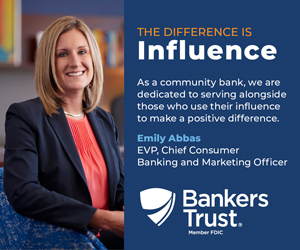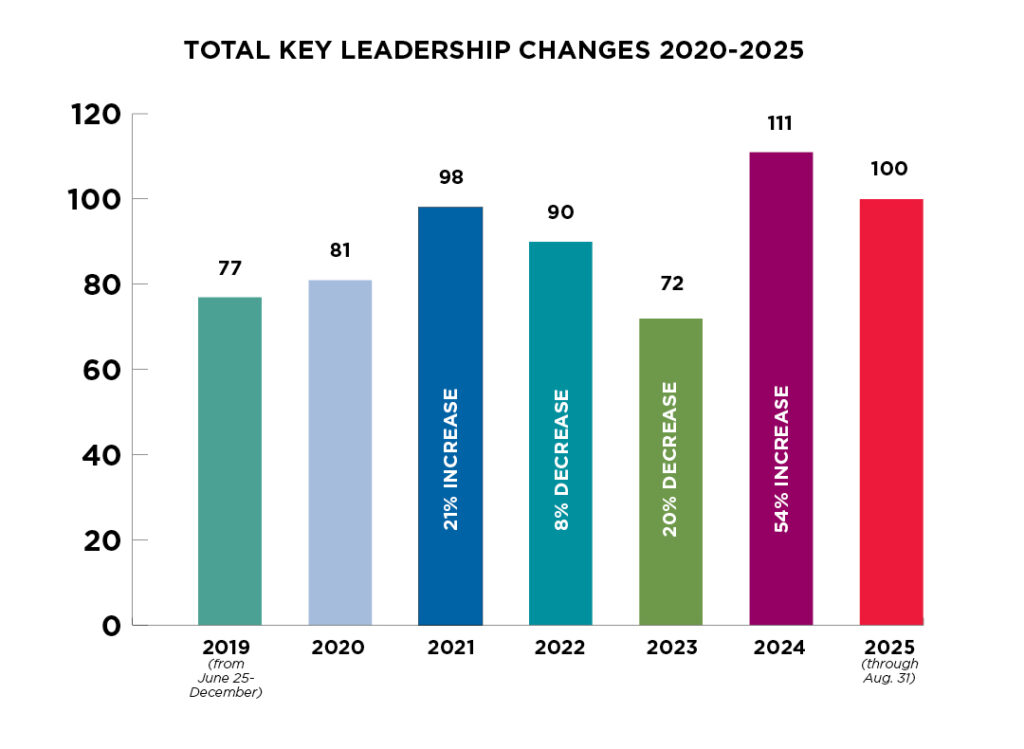McLellan: Realistic business development

DREW MCLELLAN Jan 29, 2016 | 12:00 pm
3 min read time
617 wordsBusiness Record Insider, Sales and MarketingIn last week’s column, we started to identify some key financial metrics that you need to have a handle on as you plan for the upcoming year in a smart way. If you did the math I outlined in that column, you now know:
How much of every earned dollar you actually get to keep to spend on your business (salaries, overhead and profit).
How much you can expect to produce per employee.
If you have capacity with your current staff or if you get new clients you’d need more help to support them.
If your business is profitable and if so, by how much.
Those are the facts you need to make the following decisions:
Are you content with your business being the size it is now?
Are you happy with your current net profit (amount and percentage)?
If you decide you’re good where you’re at, it’s just a matter of trying to increase efficiencies to be even more profitable or trading up to better fit customers who will also be more profitable.
But if you think there’s some room for growth, then let’s talk about what you really need.
I want to provide a caveat here. I am really simplifying this process. There’s lots of averaging and rounding going on. I want you to understand the concepts and have some ballpark estimates of where you want to take your business and what it will take to get you there. My goal is not to make you an accountant. My goal is to give you some simple tools and metrics to use so that your planning isn’t just a shot in the dark.
When businesses set annual growth goals, they usually just pick a number based on historical trends or an impressive milestone they’re trying to reach. “Hmm, we grossed $3 million last year, so how about $3.5 million this year?” Have you already set a growth goal for 2016? How much was it? Ten percent growth? Twenty-five percent growth? More important than the number, the goal was based on what?
The truth is that most businesses set a growth goal, but they rarely know what that actually means or what it’s going to cost them to get there.
This year, I’m going to suggest you do it differently. Let’s use the numbers we discussed in last week’s column to put together a projection and a plan that actually has a financial foundation under it.
You’ve now got a significant advantage. You know how much in gross revenue you need to generate to earn (approximately) whatever profit increase you’d like to have. You also know how many additional people, if any, it’s going to take to support that new opportunity.
Let’s assume you have decided you want to grow your profits by 10 percent. Do the math to determine what that means in gross revenue. If that means you need to have another $250,000 in client work to make that happen, we now know your 2016 gross revenue goal, right?
Will you need to add staff to support the new revenue goal? If so, don’t wait until you’re stretched too thin. Start looking for the right additions now.
Usually when businesses go through this exercise, they discover that they don’t need as much new business as they feared. It puts the effort into perspective and allows them to build a business development program that’s tailored to their actual need without throwing them into an unnecessary panic.
I’m not suggesting that these are the only financial metrics you need to monitor. But in terms of understanding how to set realistic growth goals, even these basics will give you a factual foundation to put you on the right path.










